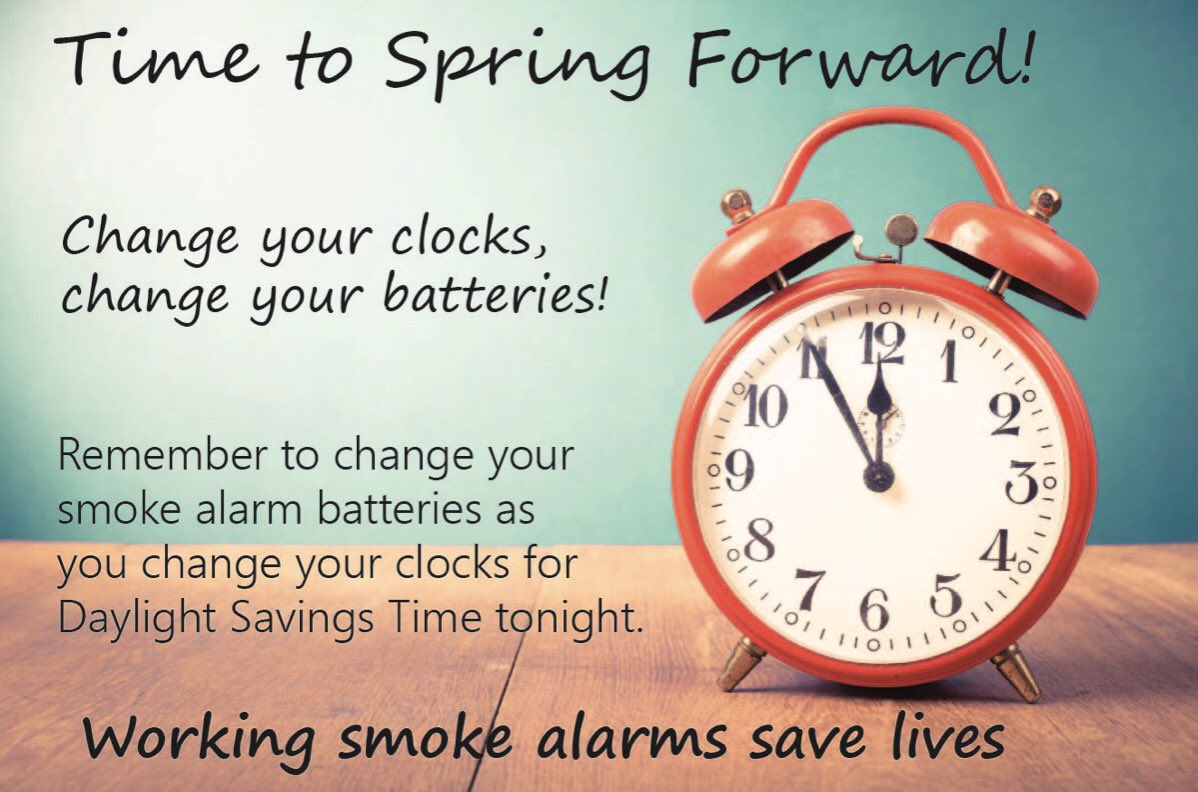


Photo credit: Billion Photos/Shutterstock Will this year be the year that the clocks stop changing? Most of the proposed legislation aims to keep clocks on DST year round, but in some northeastern states (such as Maine, Massachusetts, and New York), the change could be accompanied by a switch from Eastern Standard Time to Atlantic Standard Time. senators wish to propose legislation making DST time permanent, 71% of American citizens take a position in opposition to this.Īs of March 2022, 28 states are considering legislation on the topic: Alaska, California, Colorado, Georgia, Illinois, Iowa, Kansas, Kentucky, Maryland, Massachusetts, Michigan, Minnesota, Missouri, Nebraska, New Hampshire, New Jersey, New York, North Carolina, Ohio, Oklahoma, Pennsylvania, South Carolina, South Dakota, Utah, Vermont, Virginia, Washington and West Virginia. The poll in 2015 registered an even split of 23% each for Americans who wanted year-round standard time or DST. In 2021, the poll revealed that now 40% want year-round standard time and 31% want year-round DST, both an increase from 2015.īottom line: Americans do not want to change their clocks, even if they cannot agree on which way to go! This may be partly due to the computer revolution and a host of other modern-day reasons. It appears that more people now think that the concept of switching times between standard time and DST is becoming outdated. 28% of Americans want to switch between standard time and DST.31% of Americans wanted year-round DST time and.40% of Americans want year-round standard time.However, the results of the same poll in 2021 showed that: 48% wanted to switch between standard time and DST.However, not everyone agrees whether the clocks should stay on standard time or DST year-round. According to the Associated Press-National Opinion Research Center for Public Affairs, in late 2019, seven in 10 Americans did not want to switch clocks twice a year. Many Americans (as well as Europeans and people around the world) believe that changing the clocks is an antiquated practice from wartime that has more negative than positive results. See our Daylight Savings page for this year’s dates. In November, we “fall back” and set clocks back one hour. In March, we “spring forward” and set clocks forward one hour. in November when we return to standard time. on the second Sunday in March and ends on the First Sunday at 2:00 a.m. Today in the United States, DST begins at 2:00 a.m.


 0 kommentar(er)
0 kommentar(er)
